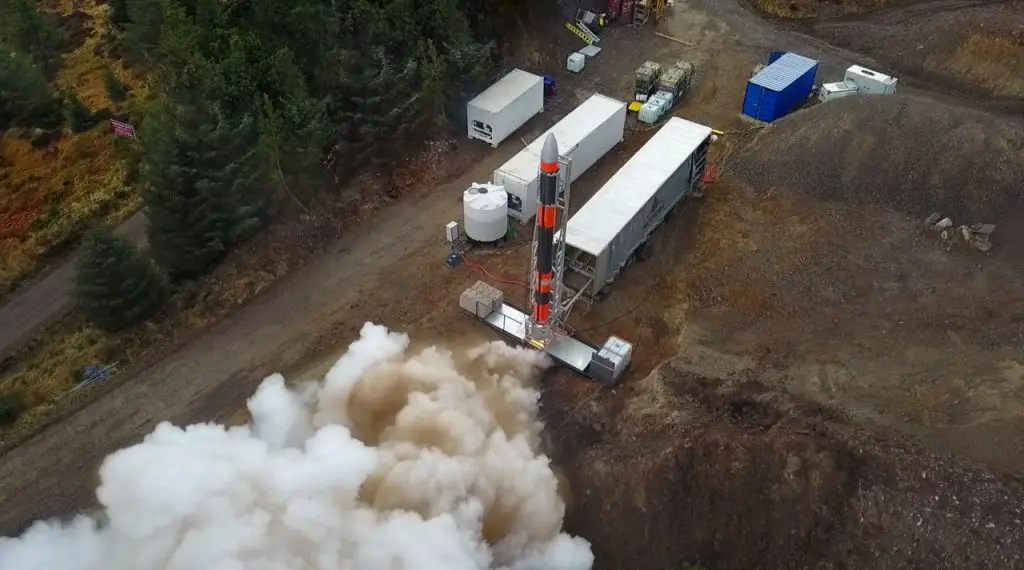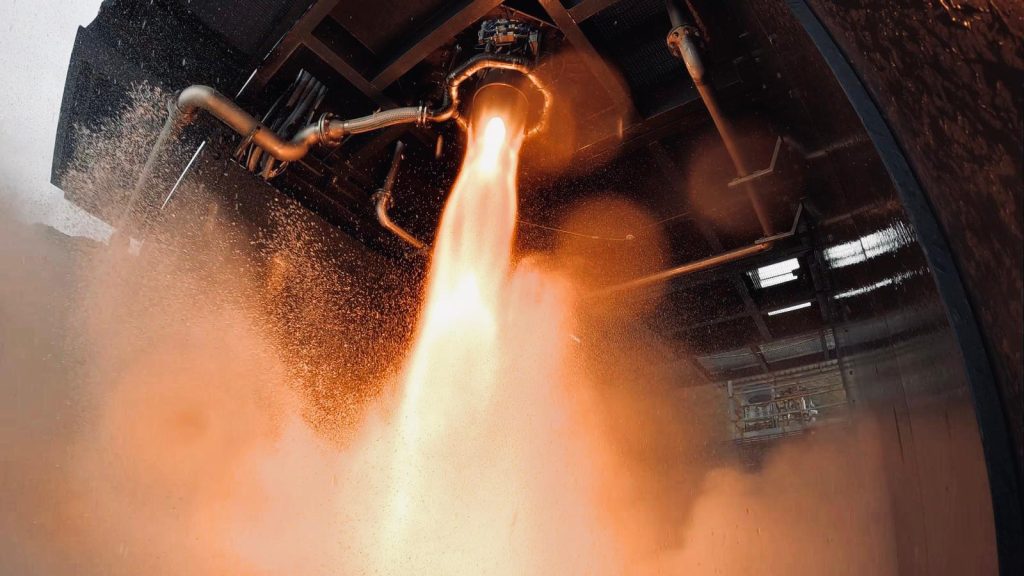Net Zero Solutions through Space Technology

You may have heard the term ‘net zero’ circulating lately, especially following last year’s COP26 conference in Glasgow. But what exactly does this term mean and how does it relate to space and satellites? This article will explore the connection between sustainable Space activity and achieving Net Zero emissions here on Earth.
What is Net Zero?

According to the United Nations, net zero simply means ‘cutting greenhouse gas emissions to as close to zero as possible, with any remaining emissions re-absorbed from the atmosphere, by oceans and forests for instance.’ Looking to achieve net zero emissions on Earth is central to mitigating the impacts of climate change, a phenomenon occurring largely due to the increased levels of carbon dioxide found in our atmosphere, which are produced by the use of fossil fuels.
Potential consequences of climate change include:
The UK government has committed the nation to reaching Net Zero emissions by 2050 to ultimately prevent global warming. However, to achieve this will require significant levels of investment, collaboration, and strategizing across sectors.
How Can We Achieve Net Zero on Earth?

2015 marked the year that all UN member states elected to adopt the 2030 Agenda for Sustainable Development, which contains seventeen key goals to achieving net zero emissions on Earth to ‘ensure that by 2030 all people enjoy peace and prosperity.’ These goals are interdependent, meaning that action within one goal will impact the outcome of another goal. The Sustainable Development Goals fall into the following categories:
1. No Poverty
2. Zero Hunger
3. Good Health and Well-Being
4. Quality Education
5. Gender Equality
6. Clean Water and Sanitation
7. Affordable and Clean Energy
8. Decent Work and Economic Growth
9. Industry, Innovation, and Infrastructure
10. Reduced Inequalities
11. Sustainable Cities and Communities
12. Responsible Consumption and Production
13. Climate Action
14. Life Below Water
15. Life on Land
16. Peace, Justice, and Strong Institutions
17. Partnership for the Goals
How Satellites can Contribute
Did you know that of these seventeen goals, approximately fifteen require satellite technology to achieve? That’s right – valuable Earth Observation data paramount to achieving Net Zero across the Earth by 2030 can be delivered through space technology such as satellites.
You can learn about the vast uses of satellites in more detail on our website here.
In the words of Jonathon Bamber from the University of Bristol:
“Earth Observation satellites are our eyes on the planet. Without them, we would be virtually blind to the magnitude and timing of climate change.”
However, the unique remote sensing and observational capabilities of satellites will only be available to us in the long term if we fight now to preserve the precious domain of outer space.
How Can We Achieve Net Zero in Space?

As commercial and private activities in Space enter a new era of growth, the risk of orbital Space debris is increasing exponentially. According to the UN Office for Outer Space Affairs, there are approximately 900,000 pieces of space debris orbiting Earth at this very moment, causing safety issues for satellite operators in Low Earth Orbit. Indeed, this Space debris has the potential to stay in orbit for hundreds of years, increasing the risk of collisions between Space assets, affecting the safety and sustainability of space operations, and ultimately increasing the cost of access to the most useful orbits.
If the volume of space junk continues to increase, outer space could potentially become permanently damaged the Kessler Syndrome.
What is Kessler Syndrome?

Predicted by Don Kessler, this phenomenon observes that, once past a certain critical mass, space trash around the Earth will continue to increase, leading to damaging collisions, which will give rise to more cosmic debris, ad infinitum.
The Outer Space Treaty released in 1967 deemed that the exploration and use of outer Space belongs to ‘the province of all mankind.’ Therefore, protecting Earth’s orbital environment from pollution to avoid the Kessler Syndrome must be central to all space activities in order to preserve this domain for future activities, achieving the UN’s Sustainability Development Goals by 2030 in the process.
However, this is only possible through the sustainable development of public and private space activities, as well as international and multi-stakeholder cooperation from the private sector, civil society, academia, public authorities, and regulators alike. That is why the Paris Peace Forum met in 2021 to launch a ‘Net Zero Space’ initiative and ultimately bring these stakeholders together towards a common objective.
What is the Net Zero Space Initiative?

During the Paris Peace Forum 2021, satellite operators, launchers, space agencies, academia, and civil society stakeholders gathered to discuss achieving the sustainable use of outer space for the benefit of all humankind by taking concrete actions to tackle the challenge of reducing the amount of debris orbiting Earth. These discussions resulted in the ‘Net Zero Space’ initiative, which is comprised of two primary objectives:
1. Avoid further generation of hazardous Space debris
2. Remediate existing hazardous Space debris
But how exactly can these objectives be achieved?
How Skyrora Contributes to 'Net Zero Space'

Skyrora is developing several environmentally conscious space technologies to contribute to ‘Net Zero Space’, and therefore maximise the social and economic benefits of Net Zero here on Earth. This environmental commitment spans from our values and practise from the Earth to our operation in Earth’s orbit. This begins with Skyrora’s state-of-the-art facilities which house advanced machinery, allowing our talented engineering team to complete the design and manufacturing of our innovative technologies in-house. With all engineering capability possible within our warehouse, the need for the transport of material or personnel from external facilities is eliminated, in turn significantly reducing transport-related greenhouse gas emissions.
Skyrora’s in-house 3D printer, SkyPrint2, is the largest hybrid 3D printer in Europe and represents the remote capabilities we make use of. Capable of producing rocket engine parts of up to 2.3m in length, this machine not only reduces the complexity, cost and time associated with rocket engine development, but creates a more sustainable manufacturing process. Long term, these sustainable production methods will cut carbon emissions by removing the need to transport materials, and by making production more time efficient will increase rocket production, resulting in a higher number of crucial Earth observation satellites in orbit.
As we approach launch, Skyrora conducts testing at a remote site located near Edinburgh, Scotland. The ability to do so on local sites mitigates the need for high carbon transport for equipment which is traditionally tested externally. Similarly, Skyrora’s mobile launch complex offers environmental benefits to our launch process, allowing for flexible, accessible launch, where all necessary systems for launch are modular and can be quicky erected at the chosen launch site to ensure efficient launch day procedures. This autonomous launch system includes all main systems, packed into ISO containers, reducing logistical challenges, as well as the cost and environmental impact of set up and pack down. Minimal impact is made on the spaceport infrastructure, and the same goes for the minimal footprint left behind in the surrounding environment after launch. The modular launch complex is an important step forward in making launch sustainable.
Once a Skyrora vehicle is prepared to launch from these innovative ground systems, we draw inspiration from the Black Arrow programme, using a propellant combination of high-test peroxide and kerosene, a pairing which, compared to industry standard combinations, produces lower carbon emissions. Furthermore, Skyrora in its commitment to the environment both on Earth and in space are currently developing an eco-friendly kerosene alternative, manufactured using otherwise unrecyclable plastics. Ecosene was tested on Skyrora’s 3.5KN engine, during which it performed to a standard equivalent of other Jet-A1 rocket fuels, and in the process was found to release significantly less CO2. Acting as a replacement for traditional oil-derived fuels, this innovation goes beyond Skyrora’s need for environmentally friendly launch by serving the increasing demand for fuel from various companies across launch and aviation. By offering a remedy for single-use plastic waste we also reduce secondary microplastics production and this, alongside the combination of low carbon emissions and reduced waste in landfill means Skyrora provides the most eco-friendly rocket fuel option.
Skyrora is committed to sustaining the space environment to the same extent as we hope to on Earth, and we therefore aim to continue using innovative environmentally friendly technology while in orbit. As discussed above, space debris is a major problem in the space industry which requires a global mitigation effort. With Earth observation satellites becoming ever more important for the monitoring of our fragile climate, the risk of satellite damage as a result of debris is in urgent need of intervention. Skyrora is doing its part by developing our Space Tug, based on the third stage of orbital rocket Skyrora XL. The Space Tug provides a solution for clearing orbital debris, correcting satellite or spacecraft orbit, refuelling satellites and spacecraft and de-orbiting defunct technology which is currently inhabiting our Earth’s orbit. This significant capability means Skyrora is leading the way towards a remedy for the space junk crisis.
References
European Space Agency. (2022). The Kessler Effect and how to stop it. Last accessed 12/9/22.
UK COP26. (2021). Uniting the world to tackle climate change. Last accessed 12/9/22.
United Nations. (2022). For a liveable climate: Net-zero commitments must be backed by credible action. Last accessed 12/9/22.
United Nations Development Programme. (2022). What are the Sustainable Development Goals? Last accessed 12/9/22.
United Nations Office for Outer Space Affairs. (2022). Treaty on Principles Governing the Activities of States in the Exploration and Use of Outer Space, including the Moon and Other Celestial Bodies. Last accessed 12/9/22.



